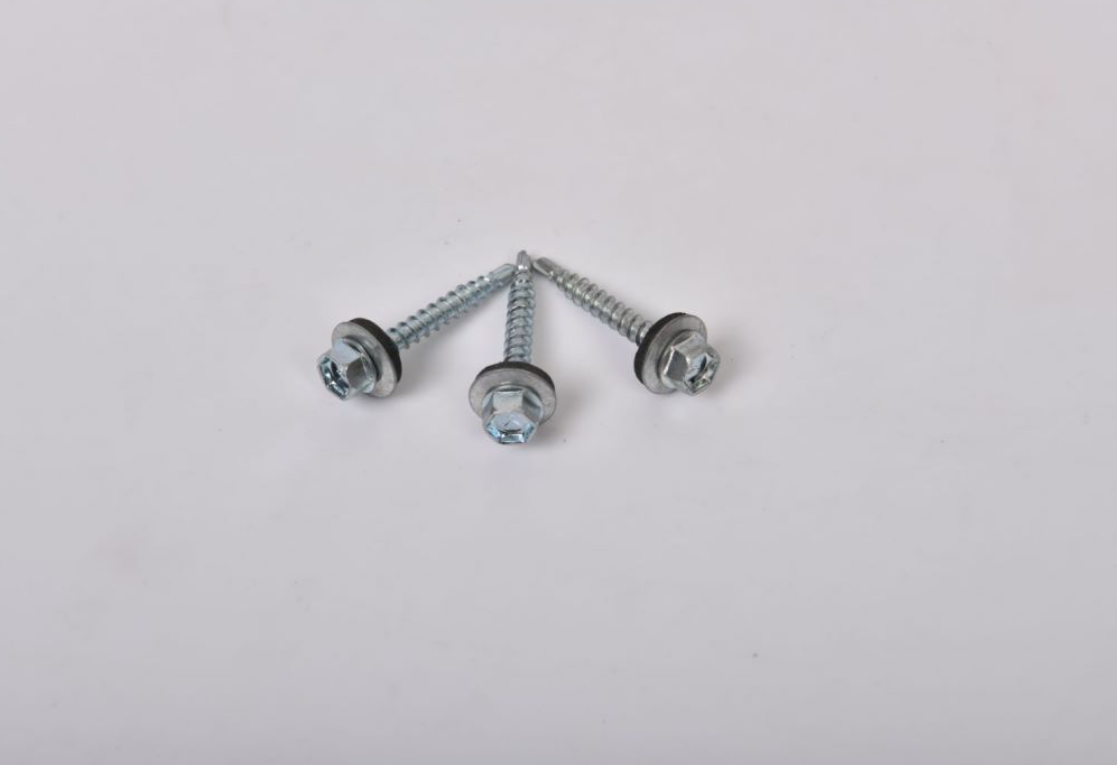spring washer definition manufacturer
Understanding Spring Washers Definition and Manufacturing Insights
Spring washers are essential components in a variety of mechanical applications, renowned for their ability to absorb shock, reduce vibration, and maintain tension in bolted connections. Their unique design and functional capabilities make them a preferred choice in industries ranging from automotive to aerospace. This article delves into the definition, functionality, and manufacturing considerations of spring washers, shedding light on how they are produced and their relevance in modern engineering.
What is a Spring Washer?
A spring washer is a type of washer designed to apply a continuous load over a larger area to prevent fastening hardware from loosening during operation. Unlike flat washers, spring washers are often conically shaped or spiral in design, allowing them to exert a spring force that compensates for external pressures. They are commonly classified into various types, including split washers (often referred to as lock washers), wave washers, and belleville washers, each serving different purposes based on their geometric configurations.
The primary function of spring washers is to provide a preload on the bolt or nut that they support, which helps maintain a constant clamping force despite temperature changes, vibrations, and other movement. This capability is especially crucial in applications where mechanical stability is paramount.
Types of Spring Washers
1. Split Washers These are the most common type of spring washer. They are designed with a split that allows them to compress and expand, creating a locking mechanism that prevents loosening. They are widely used in machinery and automotive applications.
2. Belleville Washers These are disc-shaped springs with a slight cone shape, allowing for axial loads. They are particularly effective in high-load applications and are used in automotive and aerospace industries to maintain pressure under varying loads.
3. Wave Washers Featuring a wavy shape, these washers are engineered to function in spaces where a standard spring washer would not fit. They provide cushioning and dampening, making them suitable for applications where space is limited.
spring washer definition manufacturer

Manufacturing Process of Spring Washers
The manufacturing of spring washers involves several critical steps to ensure they meet the desired specifications and mechanical properties for their intended application.
1. Material Selection The choice of material is crucial in the performance of spring washers. Typical materials include stainless steel, carbon steel, and alloy steels, chosen for their mechanical properties, such as yield strength and fatigue resistance. Additionally, surface treatments may be applied to enhance corrosion resistance.
2. Forming The initial shape of the washer is created through various methods, including stamping or wire forming. In stamping, sheets of metal are cut and formed into washers using dies. Wire forming involves bending and shaping metal wire into the desired form.
3. Heat Treatment To enhance the mechanical properties, particularly hardness and elasticity, heat treatment processes such as tempering or quenching are often employed. This step is crucial for ensuring that the washers can withstand repeated loading without failure.
4. Surface Finishing Depending on the application, spring washers may undergo surface finishing treatments to improve their wear resistance and corrosion protection. Processes such as plating, anodizing, or applying coatings may be utilized.
5. Quality Control Rigorous testing and quality control measures are implemented throughout the manufacturing process to ensure that the final product adheres to industry standards. This may include dimensional checks, hardness testing, and performance evaluations.
Conclusion
Spring washers play a pivotal role in various mechanical assemblies by providing reliable clamping force and reducing the likelihood of loosening and failure. Their unique design and adaptable nature make them invaluable in countless industries. Understanding the definitions, types, and manufacturing processes of spring washers allows engineers and manufacturers to select the right components for their specific applications, ensuring both safety and performance in mechanical operations. With ongoing advancements in material science and manufacturing techniques, the future of spring washers promises increased efficiency and enhanced functionality.
-
Top Choices for Plasterboard FixingNewsDec.26,2024
-
The Versatility of Specialty WashersNewsDec.26,2024
-
Secure Your ProjectsNewsDec.26,2024
-
Essential Screws for Chipboard Flooring ProjectsNewsDec.26,2024
-
Choosing the Right Drywall ScrewsNewsDec.26,2024
-
Black Phosphate Screws for Superior PerformanceNewsDec.26,2024
-
The Versatile Choice of Nylon Flat Washers for Your NeedsNewsDec.18,2024










